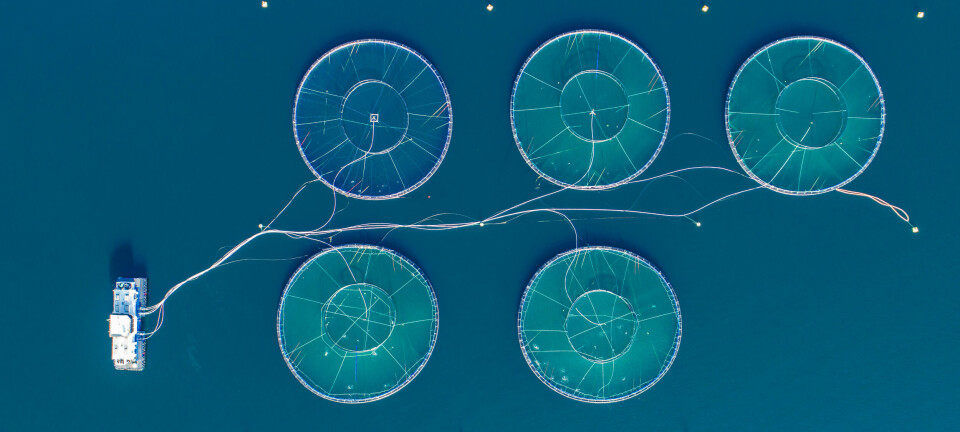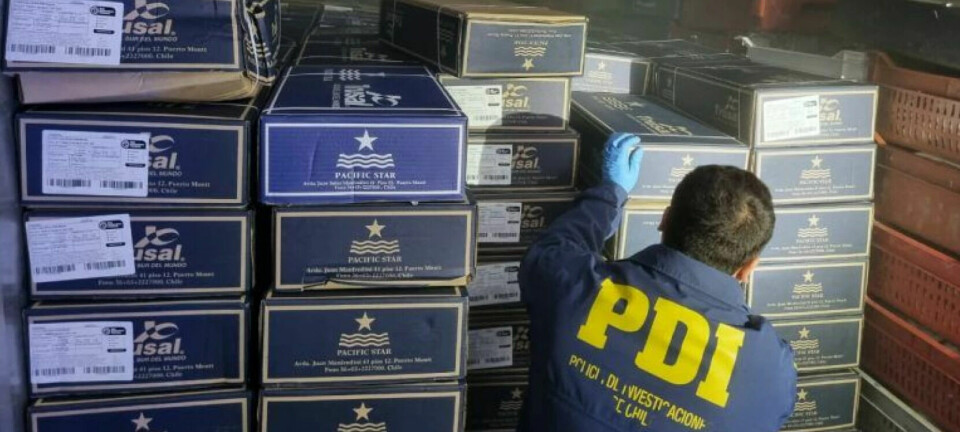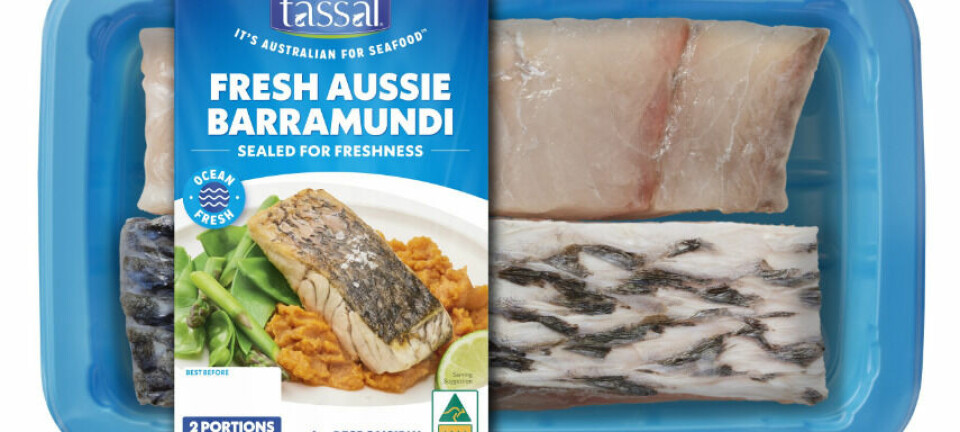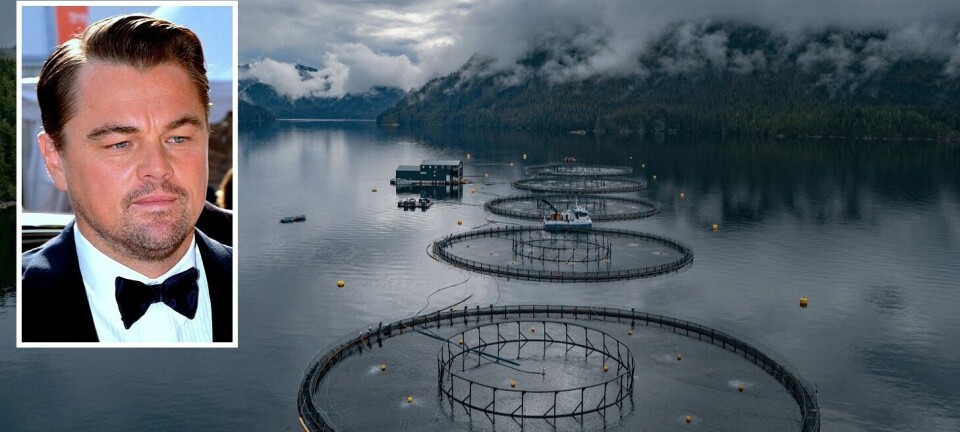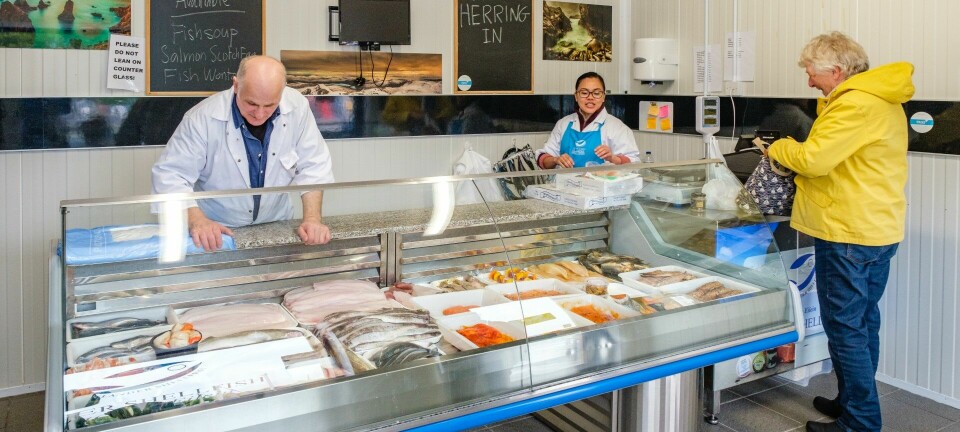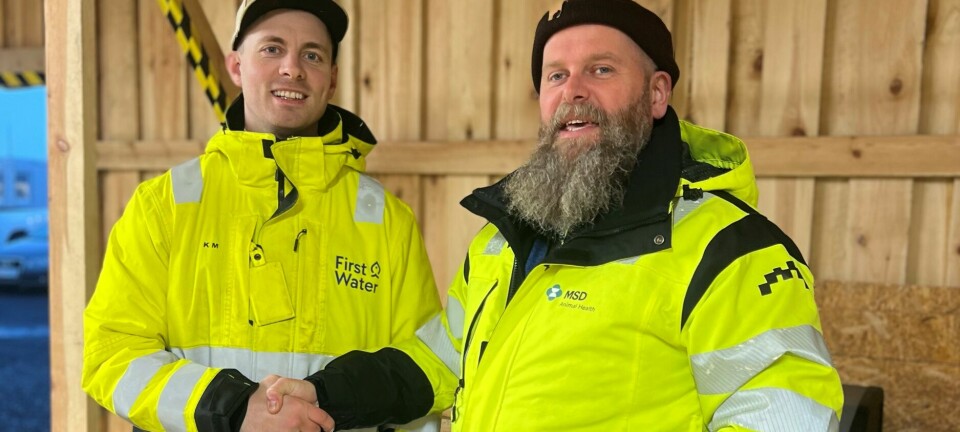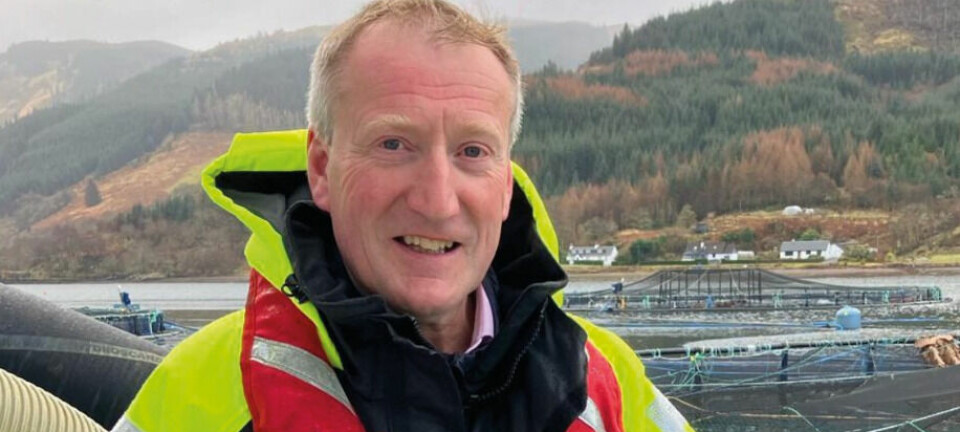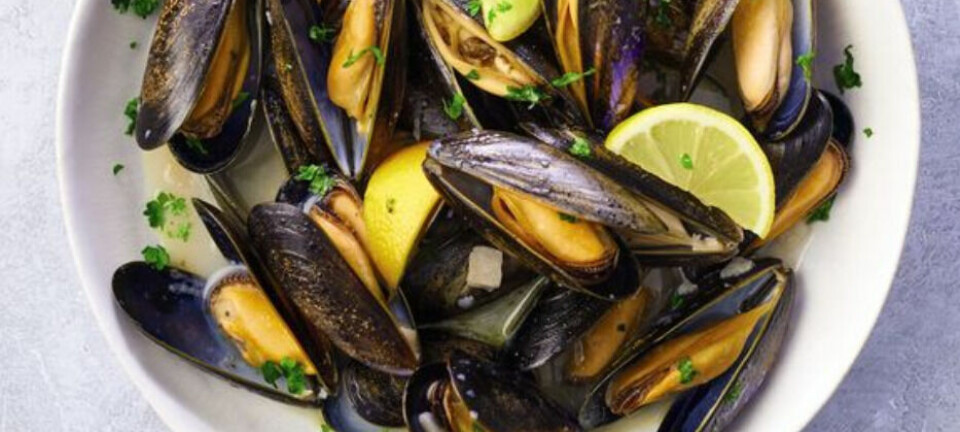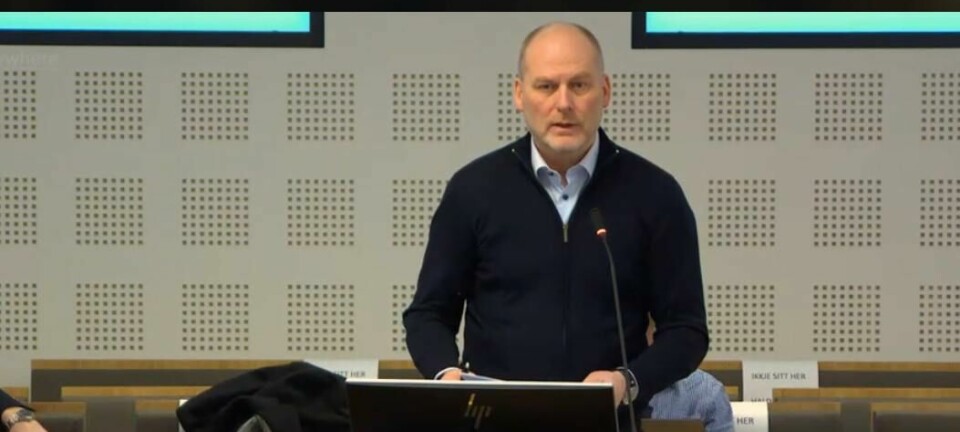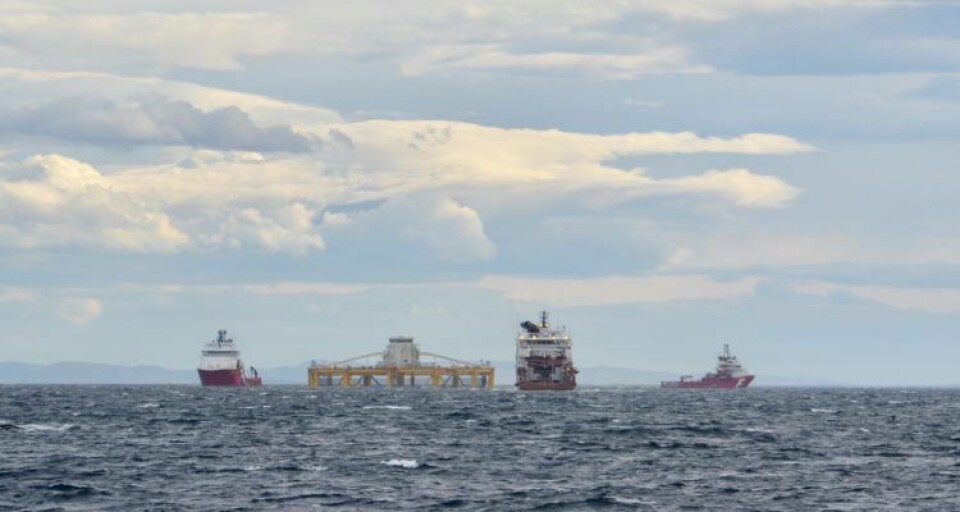
Ocean Farm 1 becomes a floating laboratory
The world's first offshore salmon farm, Ocean Farm 1, will be used as a floating laboratory by a company developing systems for computer modelling of the external and internal status of farmed salmon.
Norwegian engineering and services giant Kongsberg Maritime has a three-year operating partnership with Ocean Farm 1 - developed by Scottish Sea Farms part-owner Salmar - for the development of its SimSalma and CyberFish systems. One of its goals is the control of fish behaviour.
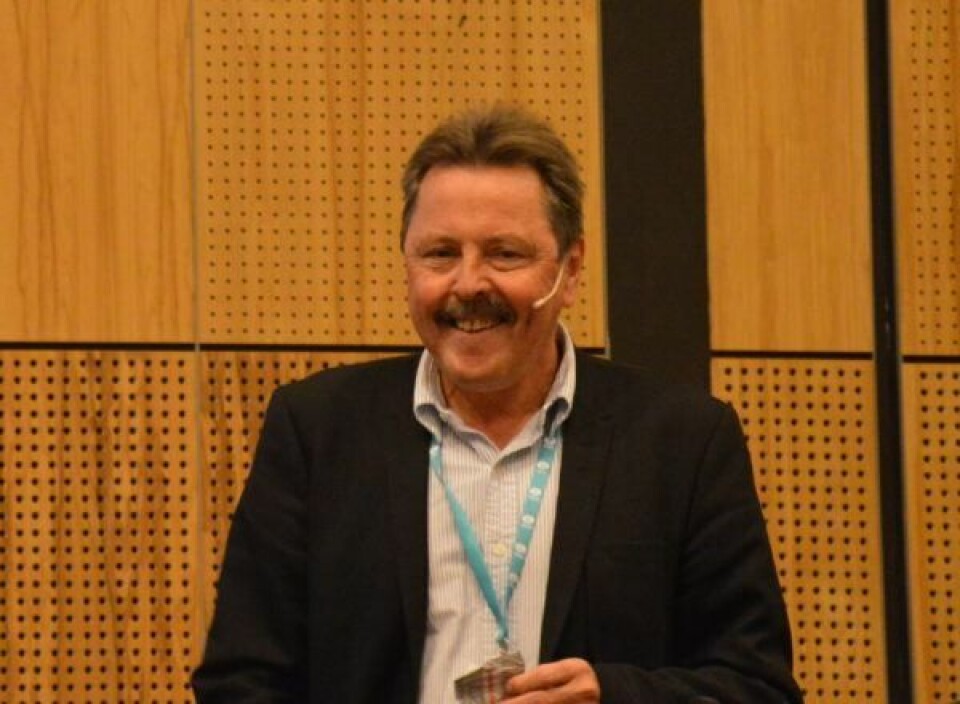
Thor Hukkelås, director of aquaculture research and development at Kongsberg Maritime, said the R&D programme will monitor the cage biomass and explore how the fish are distributed in the cage. As a secondary target, it should be able to optimise underwater situational awareness, and create decision support for forage control.
In cooperation with Ocean Farm 1, Kongsberg has developed two systems to model the fish's external and internal status, called SimSalma and CyberFish, both intended to model, predict and control the behaviour of the fish.
"The systems develop the cybernetic pathway, by establishing mathematical models that are updated, refined and changed by sensor observations over longer periods of time over several years," explained Hukkelås during the recent Tekna Aquaculture Conference in Trondheim.
SimSalma, a behavioural model of the fish's external status, simulates the behaviour of over a million fish in real time. This provides a realistic 3D visualisation, and will hopefully provide an increased understanding of how fish respond, among other neighbouring fish, to larger net cages, feeding, temperature, currents, oxygen content, and vertical displacement.
Feed optimisation
"The fish model is based on a combination of research papers from SINTEF and NTNU, and Kongsberg Maritime's own observations." said Hukkelås.
CyberFish models fish metabolism to explore the growth of fish populations and future feed optimisation. The system is based on models for metabolism and appetite, and is combined with various Kongsberg Maritime systems sensors estimating biomass, physical parameters and movement patterns.
Although Hukkelås believes man must not be forgotten completely in aquaculture operations, he wants automated machine feeding to be implemented in the future.
Experience available to all
"In this way the experience and competence of the 'best feeders' will be available on all fish farms," he explained.
For data collection, a fish body sensor tag is glued to the fish, a new device from Prediktor Medical. The chip transmits acoustic data via Kongsberg Maritimes and SimRads systems, and has an estimated life of two months, depending on the battery life. Parameters measured and forwarded include fat, fillet colour, heartbeat, oxygen content in the blood and fish movement patterns.
Hukkelås said that increased automation will provide greater precision, fish welfare and reduced environmental footprint. He said it gives n opportunity to be proactive rather than reactive, and create safer and more interesting jobs in aquaculture. Hukkelås also said that he believes simulator training can provide better decision support, and be important for the future of aquaculture operations.
"Good decisions come from situational awareness, combined with experience and learned response patterns."








































